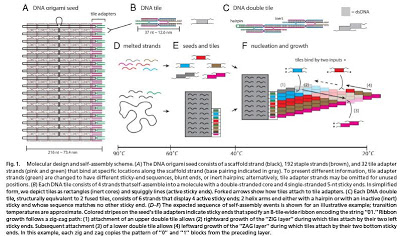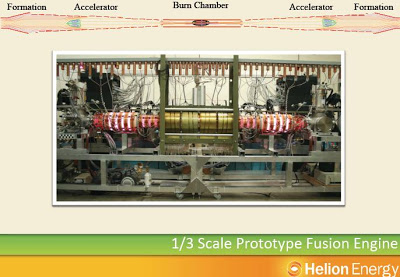DNA Origami Self-Assembled Growth Details
This is a more detailed follow up to the original nextbigfuture article announcing the development of a method to grow DNA origami. This article discusses more details of the methods and error rates of what was done. This is a pathway to assembling larger complex molecularly precise structures. Recently there was success with the algorithmic …









